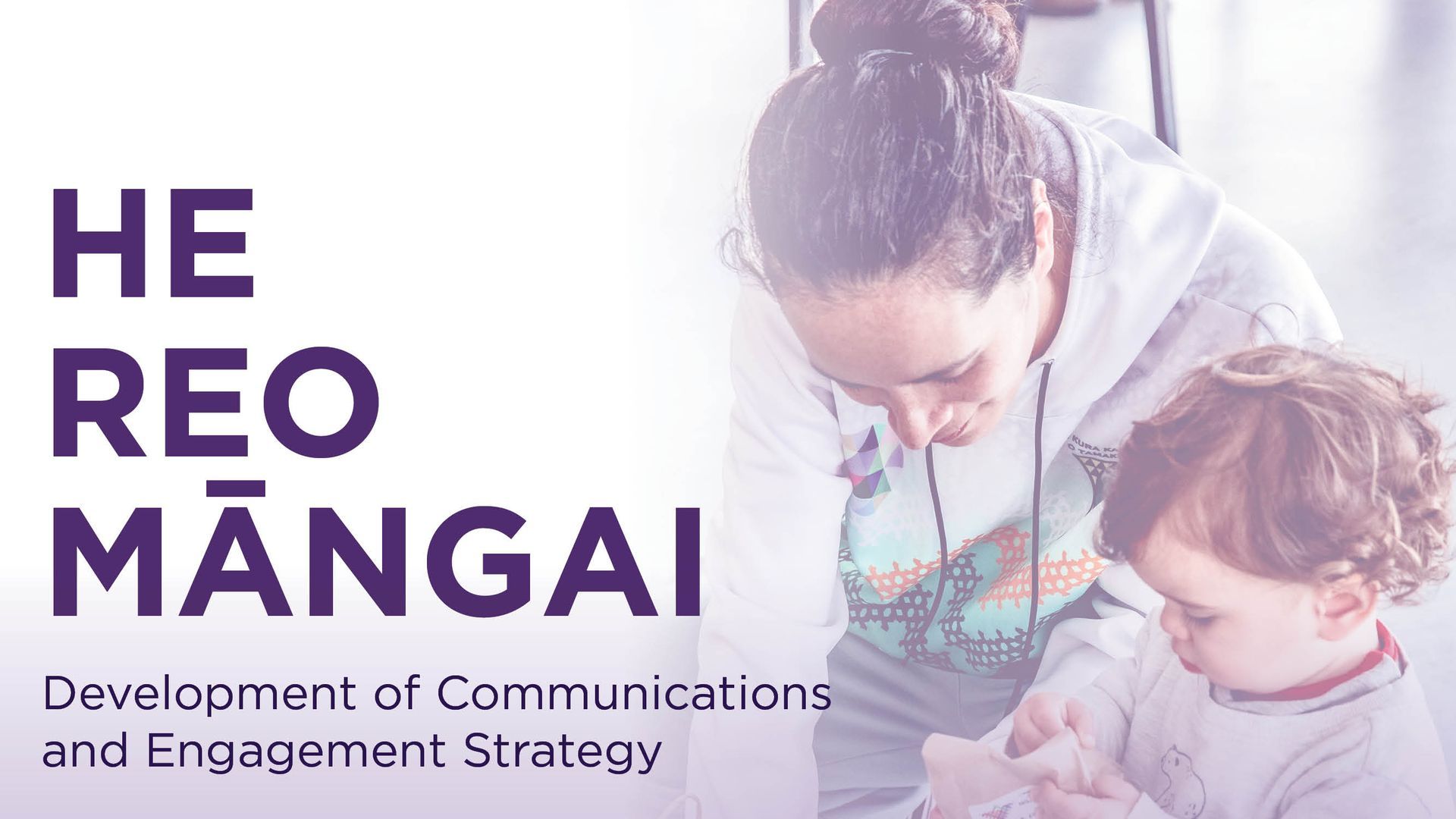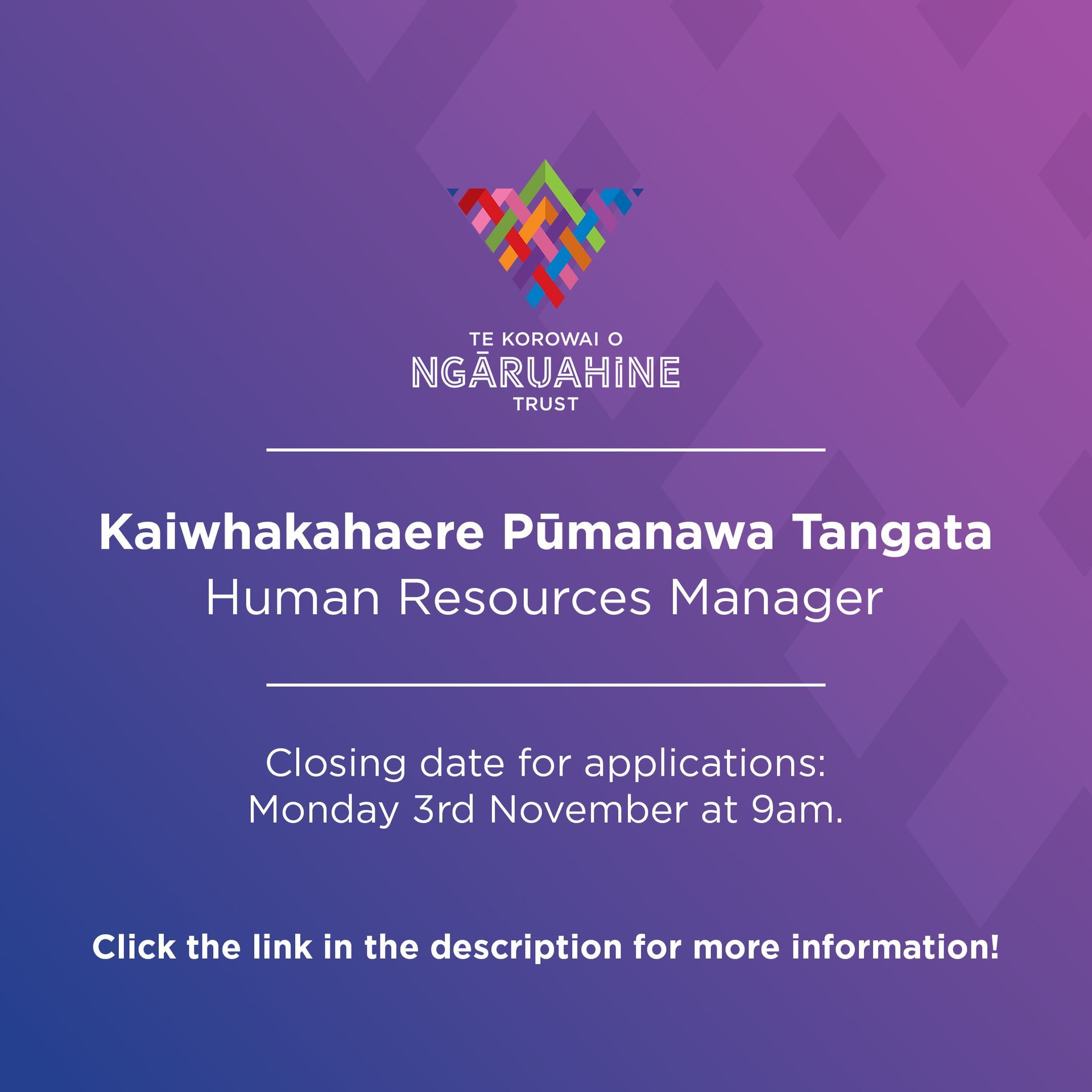He Reo Māngai

Tērā te rangi haeata ko runga ko Taranaki,
Māturuturu ana iho te wai i Te Rere o Kapuni,
He mauri tawhito,
He mauri tipua,
He mauri i āhua mai i te Toi o Ngā Rangi,
Tīhei Mauri Ora!
Tēnā tātou,
Ko te hikumutu o te tau Pākehā e mihi ana ki a tātou. Kei ngā uri o Ngāruahine tēnei ka mihi.
We are almost at the end of the Pākeha year and I know we are all looking forward to a well deserved break. Coming off the back of our AGM and an awesome whānau day at Rāwhitiroa pools – we can almost close out the year, however whilst we take our break – the mahi continues in the background.
Over the next few months (Dec 2024 – March 2025), Te Korowai o Ngāruahine will be undertaking the development of a communications and engagement strategy.
We believe that investing in how we communicate and engage with our ‘Ngāruahine ecosystem’ (iwi, hapū, whānau, and uri) has a positive impact on our uri and ensures that we can stay connected to the voice of the people. We are committed to improving and increasing the quality of our models of engagement and the different mechanisms in which we communicate with our people.
Outlined below are the key phases Te Korowai will undertake for the development of the communications and engagement strategy:
· Phase 1: Project planning and preliminary research
· Phase 2: Stakeholder engagement
· Phase 3: Strategy development
· Phase 4: Tumu Whakarae and Board feedback
· Phase 5: Implementation
Phase 2: Stakeholder engagement is the opportunity for uri to have their say in the development of this strategy and how Te Korowai can improve our communications and engagement with our iwi, hapū, whānau, and uri.
Listed below are the 3 opportunities uri have to input into the strategy:
· Survey at Whānau Day (completed)
· Online survey
· Iwi stakeholder engagement wānanga – 25 January 2025 (registration link is NOW OPEN)
This strategy and more notably, its implementation will impact how Te Korowai communicates and engages with our ‘Ngāruahine ecosystem’ moving forward. This is your opportunity to help shape and direct what this could look like.



